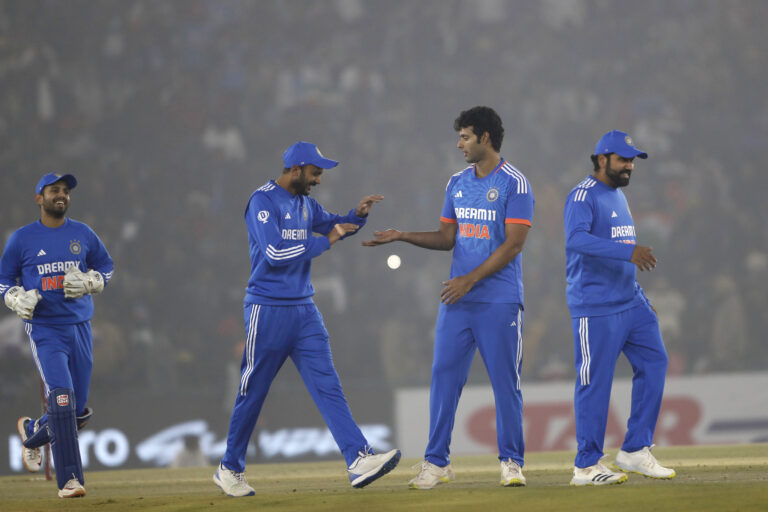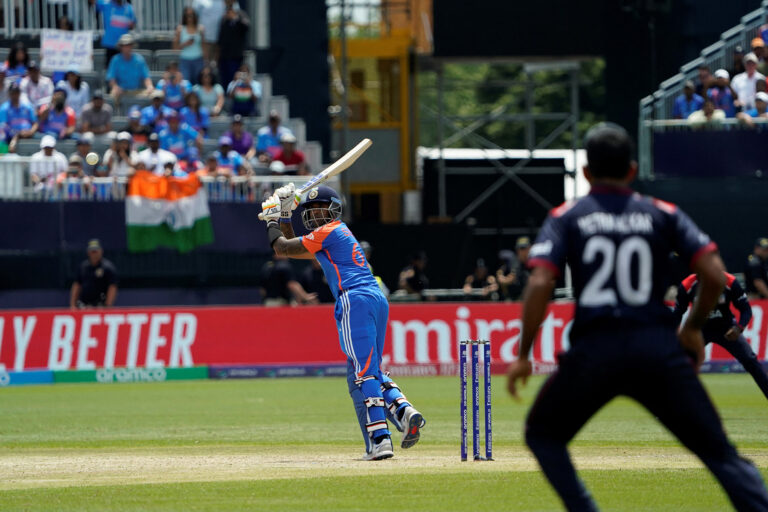How Cricket Teams Manage Player Fatigue and Recovery
Allpaanel, 11xPlay: Player fatigue is a significant concern for cricket teams at all levels of the game. With a packed schedule and rigorous training regimes, players often face the risk of burnout and decreased performance if their fatigue is not managed effectively. Teams are increasingly recognizing the importance of prioritizing player recovery to ensure they remain at their peak both physically and mentally throughout the season.
In response to this challenge, cricket teams are implementing a range of strategies to monitor and assess player fatigue levels. By utilizing a combination of data-driven approaches, such as tracking workload, monitoring training intensity, and analyzing sleep patterns, teams can gain valuable insights into individual player fatigue and adjust their training schedules accordingly. By taking a proactive approach to managing player fatigue, teams can improve performance, reduce the risk of injury, and optimize player well-being.
Understanding the Importance of Recovery in Cricket
Recovery plays a crucial role in the performance and overall well-being of cricket players. The physical and mental demands of the sport can take a toll on the body, leading to fatigue and increased risk of injuries. Giving adequate time for rest and recovery allows the body to repair and adapt to the stress placed on it during training and competition.
In cricket, recovery encompasses a range of strategies including proper nutrition, hydration, sleep, and active rest. It is essential for players to pay attention to their recovery to ensure they are able to perform at their best consistently. Ignoring the importance of recovery can lead to decreased performance, increased risk of injury, and burnout among players. By prioritizing recovery as a fundamental aspect of their training regimen, cricket teams can optimize the health and performance of their players.
The Role of Sports Scientists in Managing Player Fatigue
Sports scientists play a crucial role in managing player fatigue within cricket teams. Their expertise in physiology, biomechanics, and sports psychology allows them to monitor and analyze various aspects of players’ physical and mental well-being. By tracking factors such as workload, recovery time, and performance indicators, sports scientists can help coaches make informed decisions to prevent overtraining and optimize players’ performance.
Additionally, sports scientists collaborate closely with coaches, physiotherapists, and support staff to develop personalized training and recovery plans for each player. Through the use of advanced technology and data analysis, they can identify early signs of fatigue and tailor interventions to address individual needs. By implementing evidence-based strategies, sports scientists can help ensure that players stay in peak condition throughout the grueling cricket season.
Strategies for Monitoring and Assessing Player Fatigue Levels
To effectively manage player fatigue levels in cricket, teams often utilize a combination of subjective and objective measures. Subjective measures involve players self-reporting their perceived levels of fatigue, muscle soreness, and overall well-being. This information provides valuable insight into how players are feeling physically and mentally, allowing coaches and support staff to tailor training and recovery plans accordingly.
In addition to subjective measures, objective methods such as heart rate monitoring, sleep tracking, and workload analysis are commonly used to assess player fatigue levels. Heart rate monitoring can indicate the intensity of training sessions and matches, while sleep tracking provides crucial data on players’ recovery. Workload analysis helps teams understand the cumulative stress placed on players’ bodies and can aid in identifying when adjustments to training loads are necessary to prevent fatigue and overtraining.
Implementing Rest and Regeneration Practices in Cricket Teams
To ensure peak performance and prevent injuries, cricket teams must prioritize rest and regeneration practices for their players. This involves scheduling adequate rest periods between training sessions and matches to allow players to recover both physically and mentally. Rest days are essential for muscle repair, glycogen replenishment, and overall recovery to maintain optimal performance levels throughout the season.
In addition to rest, regeneration practices such as stretching, foam rolling, and massage therapy can help reduce muscle soreness and improve flexibility. Incorporating these practices into players’ routines can enhance recovery and reduce the risk of overuse injuries. By establishing a comprehensive rest and regeneration program, cricket teams can support their players’ well-being and maximize their performance on the field.
Utilizing Technology for Player Fatigue Management
Technology plays a crucial role in modern sports, including cricket, when it comes to managing player fatigue. Teams are increasingly relying on wearable devices, such as GPS trackers and heart rate monitors, to gather real-time data on players’ physical exertion levels during training sessions and matches. This data provides valuable insights into each player’s workload and helps coaches make informed decisions on when to push players or when to allow for more rest.
In addition to wearable technology, teams are also utilizing advanced software programs to analyze the collected data and create customized training programs for individual players. These programs can track changes in players’ fitness levels, monitor recovery rates, and even predict potential injury risks based on their fatigue levels. By integrating technology into player fatigue management strategies, cricket teams can optimize performance, reduce the risk of injuries, and ensure that players are able to perform at their peak level consistently.
Balancing Training Load to Prevent Fatigue and Overtraining
Professional cricket teams face the continuous challenge of finding the right balance in training load to prevent fatigue and overtraining among their players. This delicate balance is crucial in maintaining optimal performance throughout a long and demanding season.
By carefully monitoring workload intensity, volume, and frequency, coaches and sports scientists can tailor training programs to suit each player’s individual needs. Implementing periodization techniques, which involve cycling training phases to vary intensity and volume, can help prevent burnout and improve overall performance on the field.
Nutritional Strategies for Enhancing Recovery in Cricket Players
Proper nutrition plays a crucial role in enhancing recovery for cricket players. Consuming a well-balanced diet that includes a mix of macronutrients such as carbohydrates, proteins, and fats is essential for replenishing energy stores and promoting muscle repair and growth. It is important for players to pay attention to their pre and post-match meals to ensure they are adequately fuelled and can recover effectively after physical exertion.
Hydration is another key aspect of nutritional strategies for enhancing recovery in cricket players. Staying well-hydrated before, during, and after matches is vital for maintaining optimal performance and aiding in the recovery process. Replenishing electrolytes lost through sweat is also important to prevent muscle cramps and fatigue. Encouraging players to drink water regularly throughout the day and incorporating electrolyte-rich beverages can help in maintaining hydration levels and supporting recovery efforts.
The Impact of Travel on Player Fatigue and Recovery
Travel is a common aspect of professional cricket, with players often required to traverse long distances for matches and tournaments. The demanding travel schedules can lead to disrupted sleep patterns, irregular meal times, and prolonged periods of sitting or standing during transit. These factors can contribute to increased fatigue levels and hinder the ability of players to fully recover between games.
Furthermore, travel-induced fatigue can impact both physical and mental performance on the field. Players may experience decreased reaction times, reduced concentration, and compromised decision-making abilities due to the strain of travel. It is essential for cricket teams to recognize the significant toll that travel can take on players and implement strategies to mitigate its effects on performance and recovery.
Collaboration Between Coaches, Physiotherapists, and Support Staff in Player Management
Effective collaboration between coaches, physiotherapists, and support staff is crucial in the successful management of cricket players. Coaches provide valuable insight into each player’s training needs and performance goals, while physiotherapists offer expertise in injury prevention and rehabilitation. Support staff, such as nutritionists and sports psychologists, play a vital role in addressing the holistic needs of athletes, ensuring they are physically and mentally prepared for competition.
This multidisciplinary approach allows for a comprehensive assessment of players’ well-being, enabling tailored strategies to optimize performance and recovery. Regular communication among the team ensures that each member is aware of the individual requirements of players, facilitating a cohesive and unified approach to player management. By working together cohesively, coaches, physiotherapists, and support staff can create a supportive environment that fosters players’ physical health, mental well-being, and overall success on the cricket field.







